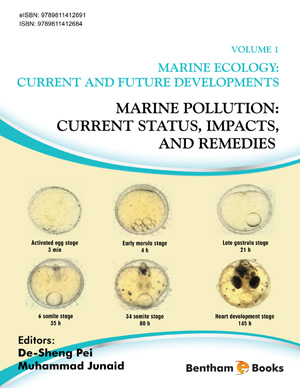Abstract
As indicated by the World Conservation Union, obtrusive invasive species are the second most critical danger to biodiversity, after natural disasters. In their new environments, invasive alien species move to become predators, contenders, parasites, hybridizers, and affect native plants and creatures. Higher rates of multiplication, less normal predators and capacity to flourish in various conditions are some basic qualities, which can make them hard to control. Marine environments are among the most important ecosystems both from a monetary and ecological point of view. The complexity of marine biological communities and their area postures challenges for administration, valuation, and the foundation of sound strategy to defend them for these invaders. Different procedures, for example, aquarium exchange, aquaculture, channel development, dispatching, and live fish exchange have achieved the dispersal of creatures. These dispersal systems result generally in the modification of biodiversity and achieve monetary misfortunes on fisheries. Starting with a short prologue to intrusive species, this section investigates a couple of vital life forms that represent a genuine risk to the earth and the mode by which they spread. This section additionally clarifies the different effects caused by these species and the courses by which they could be controlled.
Keywords: Alien Species, Biodiversity, Invasive Species, Marine Ecosystem.






















